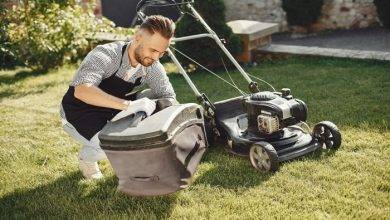
Walkers for Senior Citizens | Stepping Towards Freedom
Walkers are a great way to help seniors stay mobile and independent. They provide stability and support while walking, which can help reduce the risk of falls. But with so many types of walkers on the market, it can be challenging to know which one is best for you or your loved one. In this guide, we’ll look at the different types of walkers available and how to choose the right one for you.
Types of Walkers
Seniors can use several types of walkers. The most common type is a standard walker with two handles and four legs with rubber tips on the bottom. Standard walkers are lightweight and easy to maneuver, making them a good choice for those who need extra support while walking but don’t require additional features such as brakes or seats.
Front-wheeled walkers have two wheels in front and two legs in the back, allowing users to push themselves without lifting the entire device off the ground. This makes them easier to use than standard walkers, but they may not provide as much stability since they don’t have four contact points with the ground.
Rollators are similar to front-wheeled walkers but have three or four wheels instead of two. They also typically have a seat built so users can rest when needed. Rollators are heavier than other types of walkers, but they offer more stability since all four wheels always remain in contact with the ground.
Benefits of Walkers
Walkers offer many benefits, allowing seniors and individuals with limited mobility to live independently. They provide extra stability and balance when walking longer distances, improving coordination and reducing fall risk.
Additionally, they are lightweight and easy to maneuver indoors or outdoors, making it easier to reach places that would otherwise be inaccessible. In addition to providing support while moving around in the home, walkers can help prevent sore arms or back strain from prolonged standing or sitting positions.
Furthermore, features like brakes allow users to stop safely without falling or tugging on their arms. Moreover, adjustable handle heights make it possible for users of varying sizes to find a comfortable position for standing so that stress is relieved from their joints and muscles.
Choosing the Right Walker
When choosing a walker for yourself or your loved one, there are several factors to consider:
- Weight Capacity: Make sure you choose a model that can support your weight comfortably without tipping over or becoming unstable when leaning on it for support.
- Size: Choose a model that fits your height and body size comfortably, so you don’t have to stoop over or reach too far forward when using it.
- Maneuverability: Consider how easy it is to turn corners and navigate tight spaces with each model before deciding.
- Accessories: Some models come with accessories such as baskets or trays that can make carrying items easier while using the device.
Walkers are essential for helping seniors stay active and independent while reducing their risk of falls and injuries due to instability when walking alone. With so many different types available, it’s important to consider factors such as weight capacity, size, maneuverability, and accessories before making your decision so you can find the best fit for you or your loved one’s needs.



